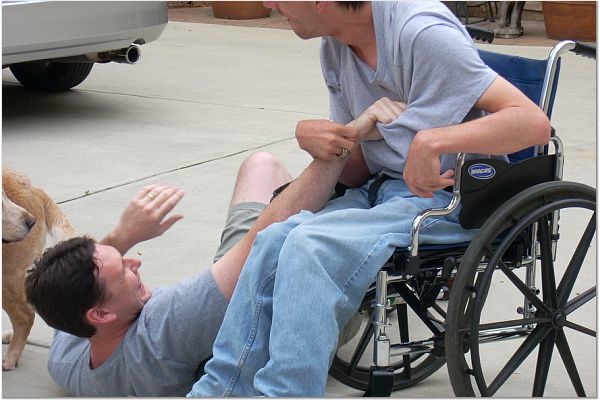
One evening several years ago, my wife Megan and I headed out to dinner and a night on the town. As what is common in those days, I was in my manual wheelchair as we did not have an accessible vehicle at the time.
We strolled around downtown looking at our various options and as we were enjoying our conversation with one another, I noticed a questionable man tracing our footsteps. He seemed to be going out of his way not to be noticed by anyone, particularly us. I pointed him out to Megan and we walked on, both of us keeping an eye on his movement.
After a few minutes, he went from trying to remain hidden and in the background to attempting to close the distance between us. As he did so, every internal alarm in me alerted me to this situation, and I shifted my entire presence toward him, letting him know it was not wise idea to approach further.
At once, a look of complete astonishment swept over his face, and just as quickly as it appeared, the expression then transformed again into what may even be considered embarrassment as he darted off into the crowd, never to be seen again.
People with disabilities are three times more likely to become victims of bullying, assault and other crimes than others. Some people may see someone with a disability as an easy target. Yet, we can avoid a potential attack.
Tips for Personal Safety in the Community:
1. Personal safety begins with awareness.
How often do you talk on your cell phone, oblivious to your surroundings? Trust me, we all have fallen into that distraction trap. But if we put the phone down, and watch where we are walking and who is around us, we are much more apt to detect a situation that is malevolent. For as clique as it may sound, the simple act of avoiding a confrontation can minimize the likelihood of being attacked by nearly 75 percent.
2. Shift your posture.
When we are younger, our parents may nag, “Sit up straight.” Amazingly, there is something to it. Whether you are standing up straight or sitting up straight, holding your head up with an open posture allows you to be more aware of what is going on around you. Good posture increases your peripheral vision and heightens your sense of hearing. Knowing what is around you either by sight, noise of even scent can alert you to potential danger.
When we carry ourselves with confidence, no matter whether we are sitting, standing or lying down, that confidence lets others know that you are not a push-over or weakened by your circumstances. Often, projecting this confidence goes far beyond the physical posture.
For example, I don’t sit perfectly straight all of the time. And yet, it is clear when I own my space and surroundings, and when I am not. This may be as simple as looking up rather than at the ground, scanning our surroundings rather than keeping our eyes locked in one position, or it may also mean relaxing ourselves internally so that we are not bound by fear.
Equally as important, when you are walking or driving your chair somewhere, know where you are going, own it, and head there with a purpose. This does not mean that you have to rush everywhere. Yet, neither does it mean that we dawdle or look unsure of where we are going.
3. Where is your safe space?
Whether you are in your own home or out in the community, we all need to define a safe space, a place where we can go in an emergency. For people with disabilities, it may also mean having alternative modes of communication such as having In Case of Emergency notes in our phones.
Along with knowing where to go, just as important is how to get there. Where are the exits in a building? What is on the other side of them, and are they accessible? What is between you and your escape route? Are other people with you? All of the questions are things to think about in crowds, traveling or out and about in the community.
4. Reactions in time of stress.
When I feel stressed, I don’t always communicate well because I have a lot to say, and it feels like the words just won’t come out. And, I may not be able to drive my wheelchair as well because muscle spasms become more uncontrollable. We all have different reactions to stress. Knowing how we respond, and what to do to calm down can help keep our heads clear. Techniques such as breathing or finding a quiet place may help keep our emotions calm.
Just as we react to stress in different ways, so may our families, direct support staff or care givers. Many times, we must work together as a team in difficult situations, and building the relationship with your team can give you the confidence you need in unfamiliar situations.
5. Personal Space.
Perimeter distance is the space you occupy, and for many of us, it’s our personal space. If you extend your arm or leg and spin in a circle, this is your perimeter distance. Similarly, if you use a wheelchair or crutch, this distance may be the edge of a footrest, the space if you can hold with your crutch extended. Many of us don’t like someone coming into our personal space without being invited.
It could be as simple as standing next to someone in an elevator or leaning in to talk to someone in a wheelchair. We give non-verbal clues to others about approaching this personal space. For example, if I’m being misunderstood, I may speak in a way where someone needs to lean in closer to me to listen. If I want more space, my leg may jet out, giving a barrier for someone who is approaching.
6. Don’t be afraid to be rude.
If you find yourself approaching a situation that makes you feel uncomfortable such as an elevator with only one other person on it, do not feel obligated to put yourself in that position our of courtesy. Using a mobility devise may make us feel more vulnerable, and it’s okay to say no to something we do not feel comfortable with.
Trust your gut. If something feels odd, find a way around it. And don’t worry about hurting the other person’s feelings. In fact, chances are if the other person is a good-hearted individual, they will recognize the situation and not take offense anyway.
See Also: Disabled Black-Belt, Defense Coach Fends Off Would-be Mugger
7. Personal Choice.
In life-threatening situations, we may feel afraid and not know what to do. No matter what anyone else may tell you, surviving the situation is success. This does not just apply to scenarios of bullying or assault. During our lifetime, we find ourselves in a many different situations: natural disaster, a car wreck, job change, or change in living situations, just to name a few.
Many times, after we’ve lived through tough situations, we may question what we could or should have done. As much as you can, let it go, and be compassionate with yourself; you’ve lived to see another day.
8. Being Aware of the Tools We Have.
We have heard and been touched by tragic situations that have involved tools of malice. School shootings, break-ins, thefts, we hear about them on the news every day. But we each have tools that we can use just as easily. Our voices, our confidence, our personality can all be considered tools, just as our hands, legs, mobility devices or what we are carrying with us.
As a martial artist and self-defense instructor, I advocate that if you choose to use a tool for self-defense, such as mace, you have continual training to know how it works, and how it can be used against you.
9. Expand Your Sense of Your Environment.
How often do we go through the day without knowing how we got there? Just as we need to become more aware of our environment, we also need to be aware of our senses. This may be visual, auditory or feeling textures. It may be that we are aware our wheelchairs will get stuck in gravel, that walkers are not that great for off-roading, or crowds may not be the best for someone with an intellectual disability. It may also be that we create relationships to build trust with other people in our community.
10. Trust Your Gut.
No matter who we are or what our ability, we all have what many refer to as intuition, that feeling inside. This is the combination of all of your other senses and the data that they provide, and at the same time it is a separate sense equally as vital and informative as the other five. Particularly people with disabilities may not trust this feeling. After all, there are times when we may rely on others, and we feel silly.
And yet, this internal feeling has, over the generations, been known for saving lives of people, no matter what their background or walk of life. Learn to understand and listen to what it’s telling you.
The bottom line is: We are all more powerful than we give ourselves credit for.
When we find ourselves in an emergency situation, as long as you make a choice to survive, you increase you chances of sustaining yourself.
As I have developed a curriculum for adaptive self-defense, I have a firm belief that we all should have training to keep us more alert and safe while we are out in our community.
Unfortunately, there are people in this world who want to do harm, but those with disabilities do not have to be dis-empowered. In fact, having training gives us the confidence to be more involved and find inclusion in our community.
Read More: hat to Do When Children with Disabilities are Bullied
Photography Credit: Megan Cutter

Find your perfect Wheelchair Van
Select from thousands of wheelchair vans for sale from hundreds of nationwide dealers
The Mobility Resource has one of the largest selections of Dodge, Toyota, Chrysler, Honda, Ford, Chevrolet wheelchair vans
View All Wheelchair Vans

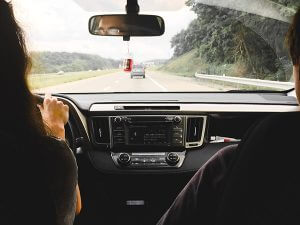

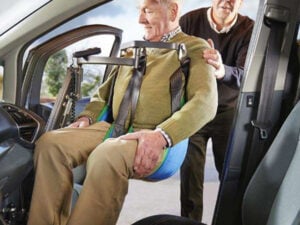

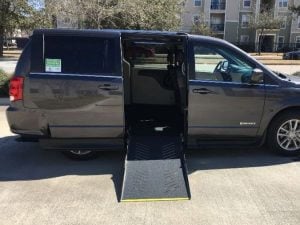
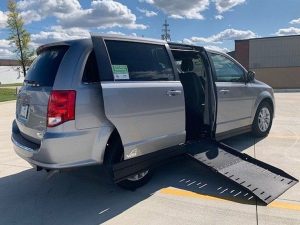
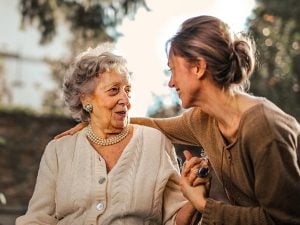
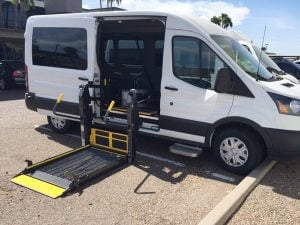
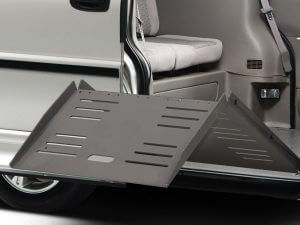

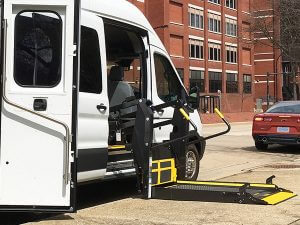
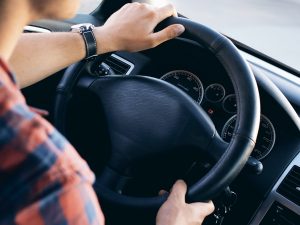
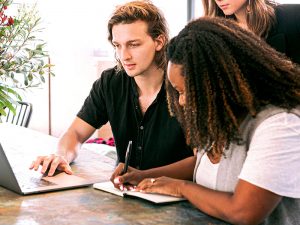
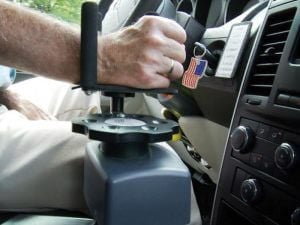
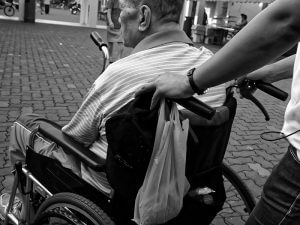
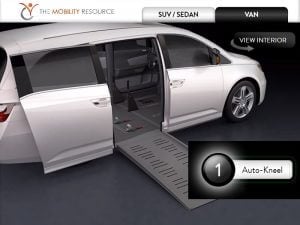

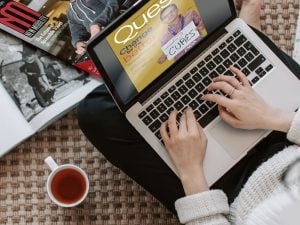

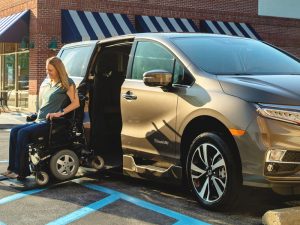
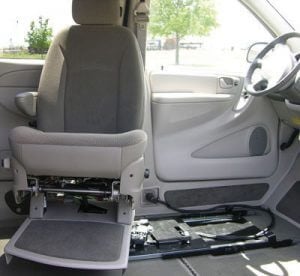
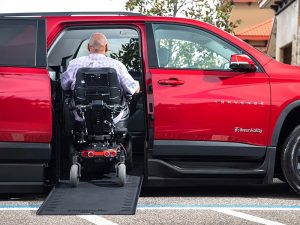
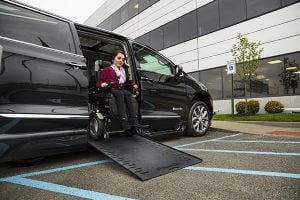

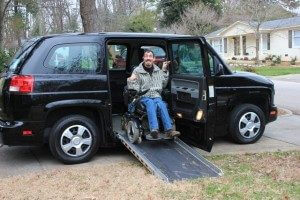







Tweet
Share https://www.themobilityresource.com/blog/post/top-10-tips-for-personal-safety-for-people-with-disabilities/